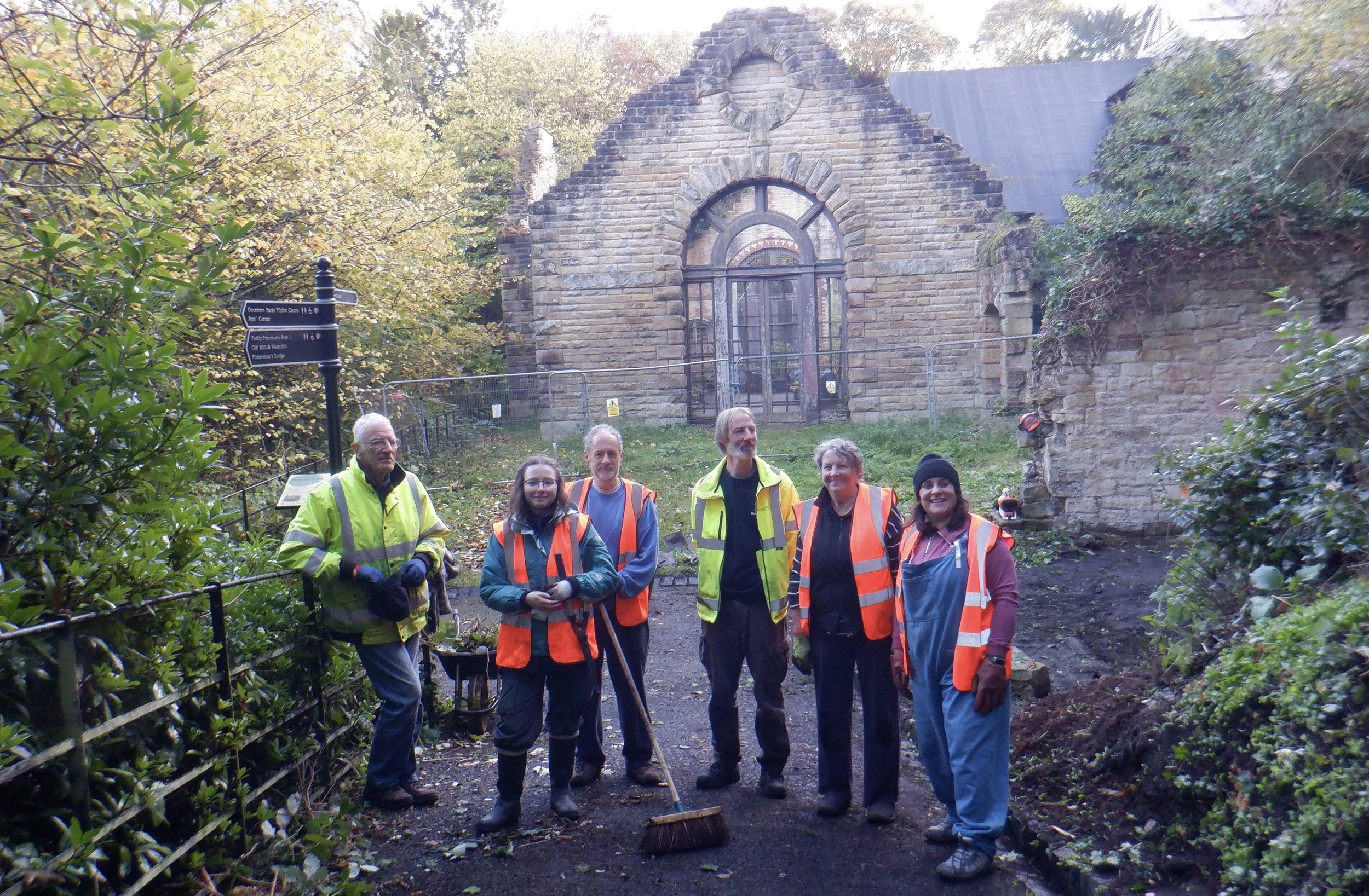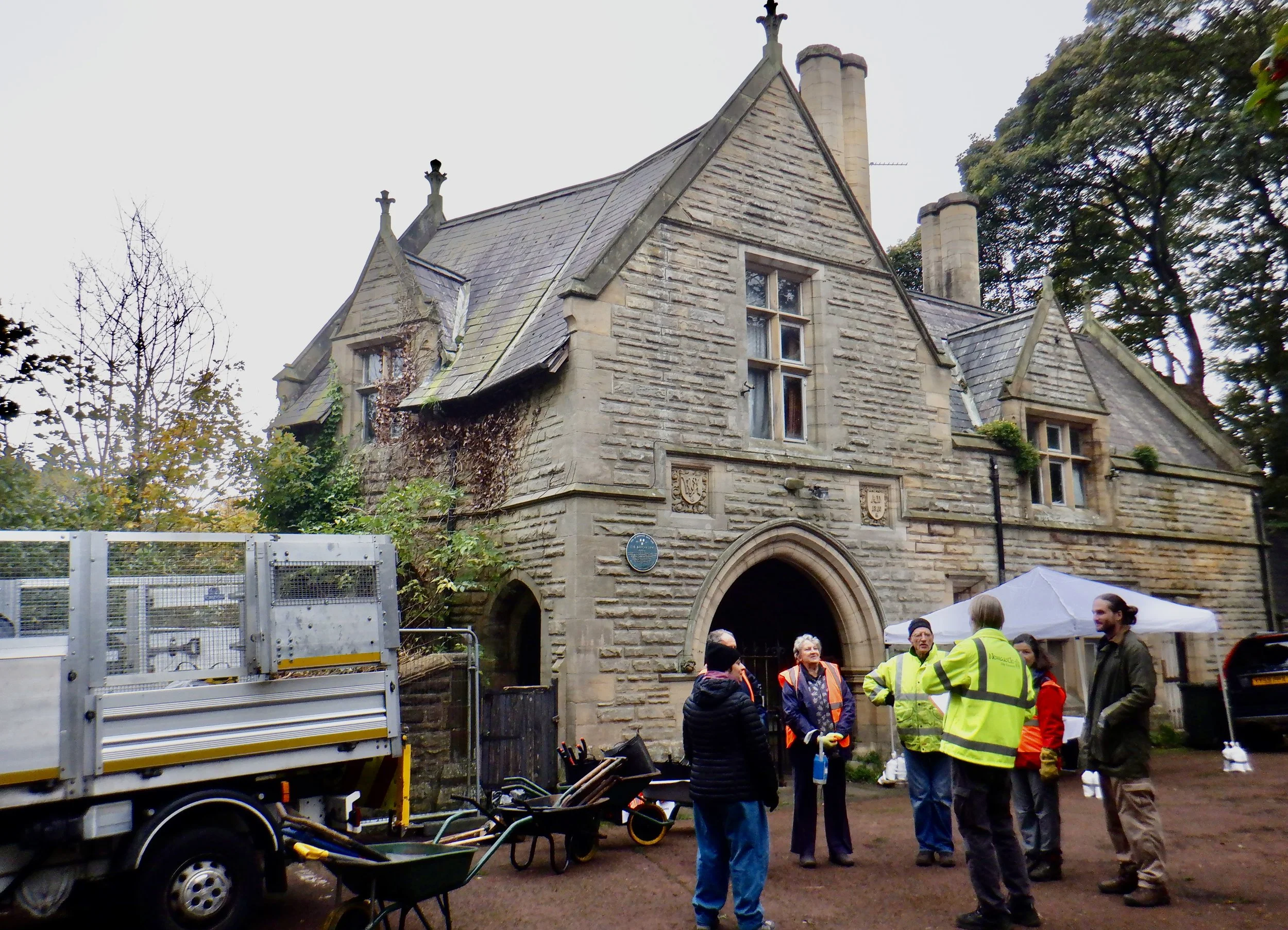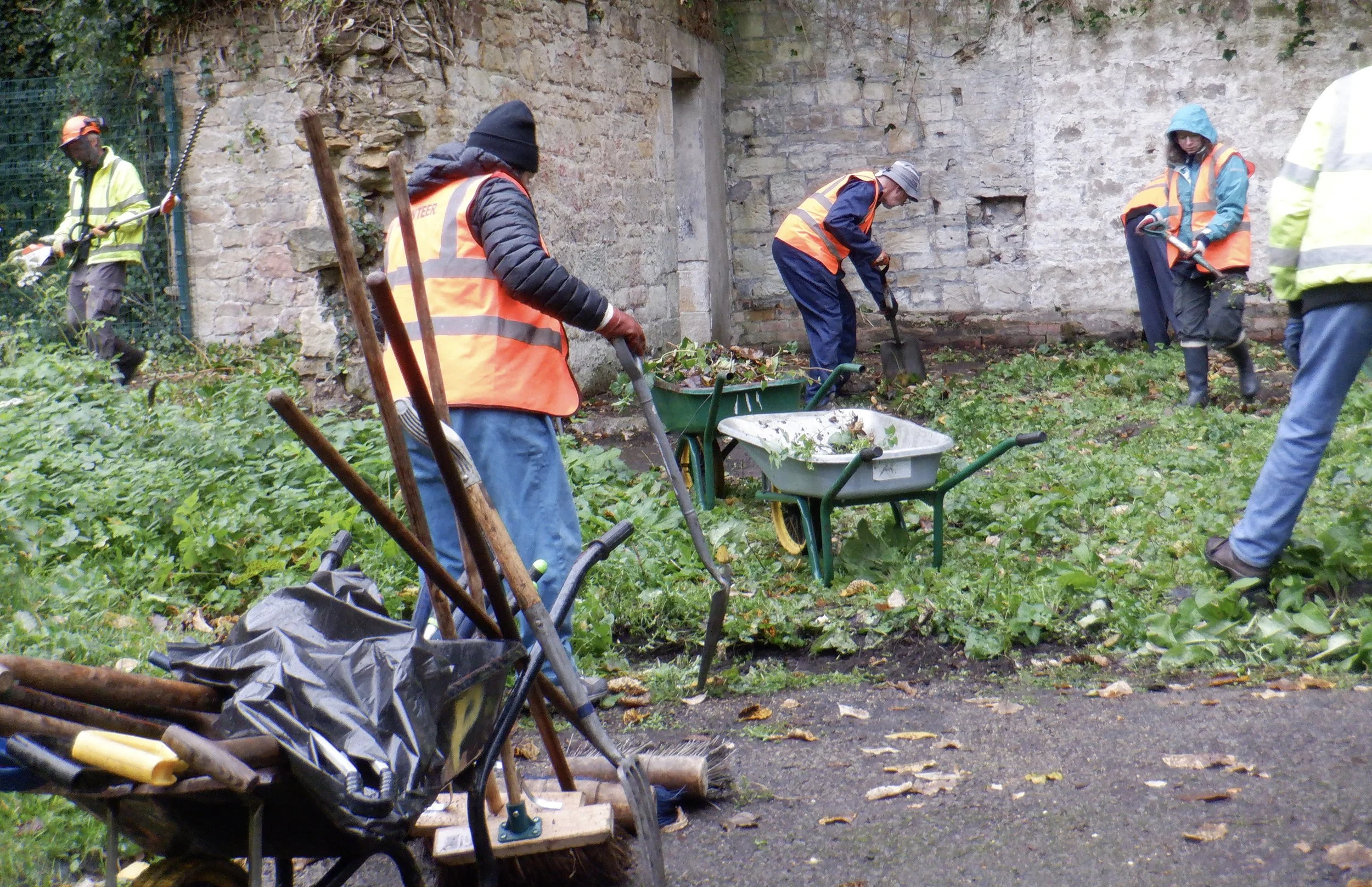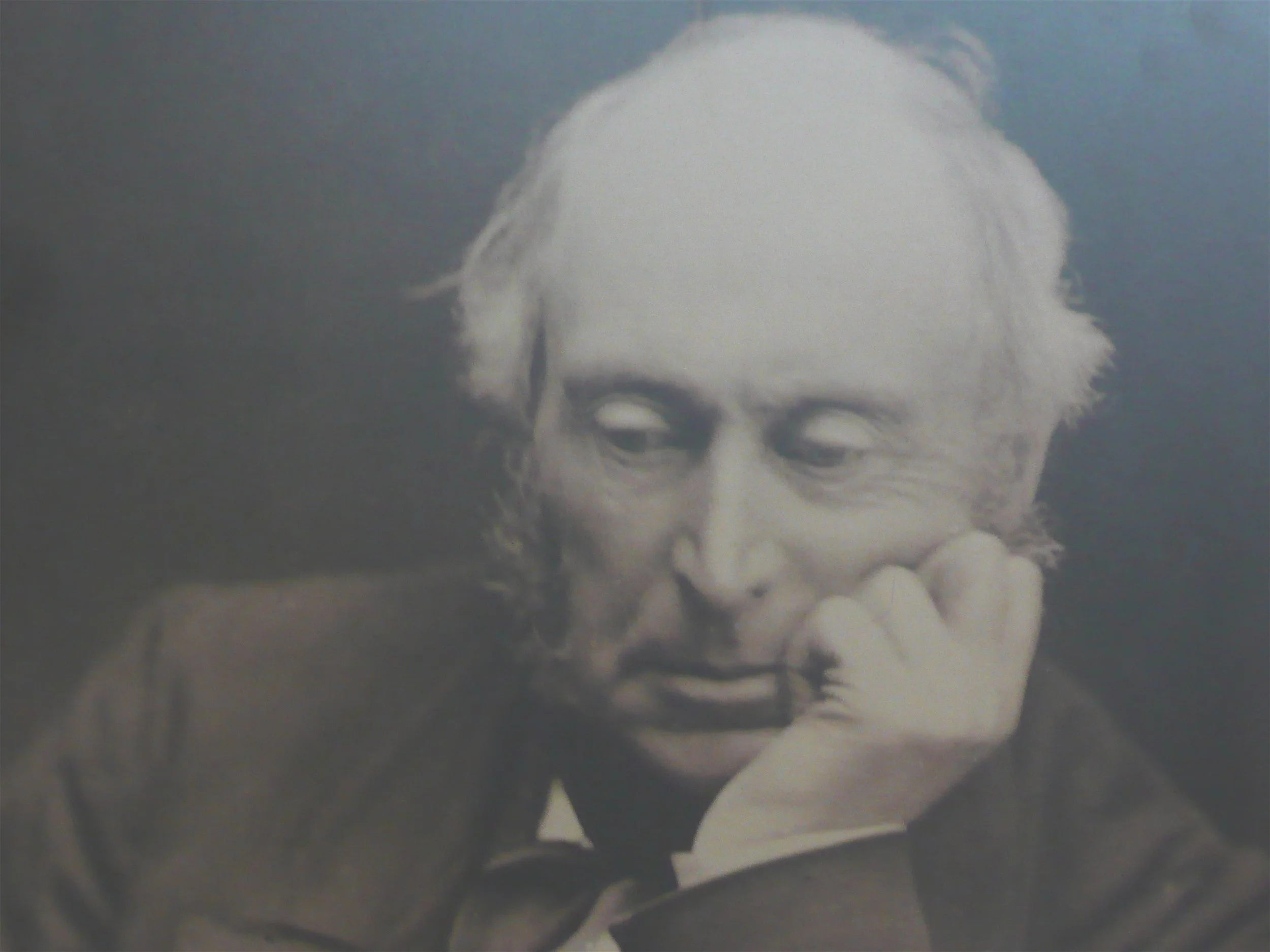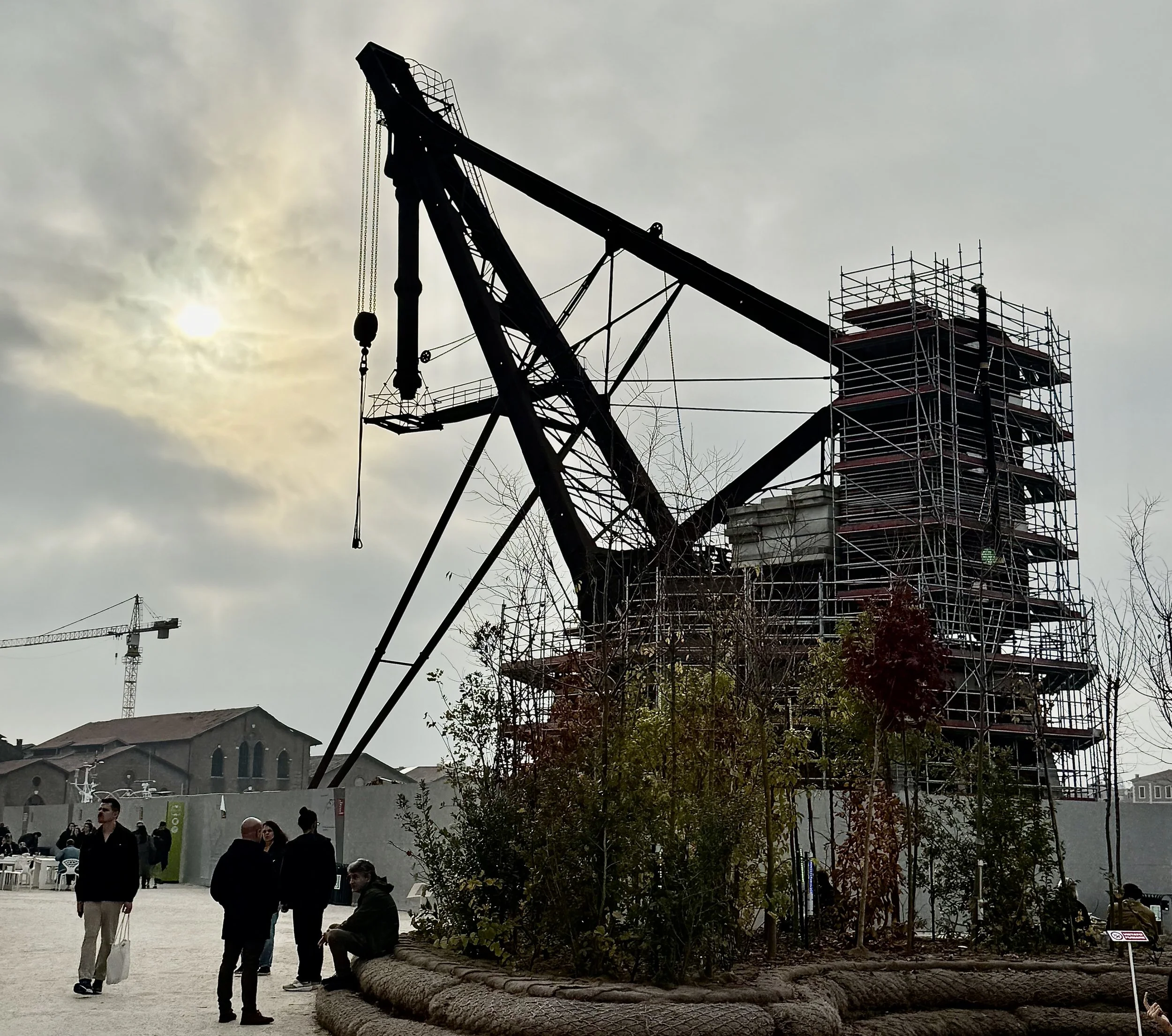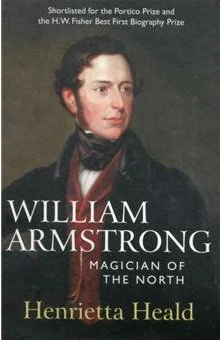The Armstrong Project launches with a call to action – and thanks to Barbour and the AHF
After 50 years of neglect, a treasured heritage building in Jesmond Dene, a public park in Newcastle upon Tyne, is coming back to life.
The Banqueting Hall, as it is known, was given to the people, along with the Dene itself, in 1883. A century later, the roof of the original structure – the Dobson Hall – was removed, but other parts of the building remained intact.
Until recently, the Banqueting Hall faced an increasingly uncertain fate, in spite of valiant efforts to maintain its fabric by a group of artists who have occupied the building for four decades.
Now, the Armstrong Project CIO has been set up to secure an exciting future for the Hall as a place of learning and discovery that will be open to everyone. Grants for development work have already been pledged by the Architectural Heritage Fund (AHF) and Barbour Foundation.
The trustees invite you to share practical and visionary ideas as the project evolves. In the meantime, preliminary work is being carried out by groups of volunteers to clear vegetation from around the building.
October 2025: In a joint venture between the Armstrong Project and Newcastle City Council, volunteer groups clear the area around the Banqueting Hall and its approaches.
Lit & Phil marks bicentenary in its magnificent library building
Steam to Green: enjoy the energy of Discovery Nights
Armstrong crane in Venice: work starts on restoration
In the media
World’s tallest bedded Christmas tree unveiled at Cragside
See Eddy Hope’s take on Jesmond Dene in Tyneside Life
Lit & Phil reaches a milestone. The view from The Yard
Listen to Henrietta Heald talking to Lucinda Hawksley on Inside Story
Experience Jesmond Dene in the 1950s. Watch the film here
Discover Armstrong’s Elswick Works in World War One. Learn more
Armstrong and shipbuilding: an article in Maritime Foundation
‘Armstrong’s Admirable Speech’, as Charles Darwin called it, was delivered in 1863 to the British Association for the Advancement of Science. It was re-enacted 150 years later at the British Science Festival, with Chris Connell in the role of Armstrong, and introduced by Chi Onwurah MP .
With more that 50 five-star reviews on Amazon, William Armstrong, Magician of the North is also available from Waterstones, Bookshop.org, Booksetc. and other online outlets.
‘The tendency of progress is to quicken progress … We may expect therefore to increase our speed as we struggle forward; but however high we climb in the pursuit of knowledge we shall still see heights above us, and the more conscious we shall be of the immensity that lies beyond.’
Armstrong’s Admirable Speech, 1863
‘They used to call me the Kingfisher.’



